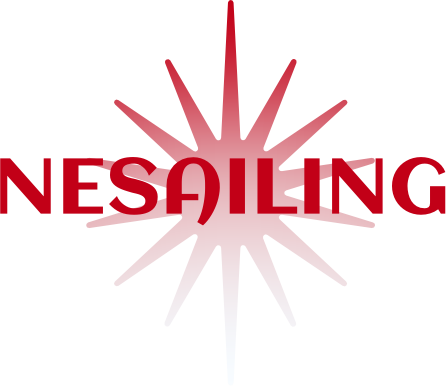Sailing is a timeless adventure that combines the thrill of the open water with the challenge of mastering wind and waves. Whether you’re a seasoned sailor or a novice eager to set sail, having the right tools and equipment is essential for a safe and enjoyable voyage. This guide covers the essential sailing gear you need, from navigation tools to safety equipment, ensuring that you’re well-prepared for any journey.

Essential Sailing Tools and Equipment
1. Sailing Vessel
The primary piece of equipment for any sailor is the sailing vessel itself. Depending on your sailing goals, you might choose between a small dinghy for day sailing or a larger yacht for extended voyages. Ensure that the boat is well-maintained and suited to your sailing needs.
2. Sails
Sails are the heart of your sailing vessel. The main sail and the jib are the most crucial, but other sails such as the spinnaker can be added for specific conditions. Regularly check the condition of your sails for wear and tear, and have spares available if you’re planning long trips.
3. Mast and Rigging
The mast and rigging support the sails and play a critical role in the boat’s stability. Inspect the rigging frequently for any signs of damage or wear. Key components include the shrouds, stays, and halyards, all of which must be in good condition to ensure safe sailing.
4. Navigation Tools
Navigating on the water requires accurate tools:
- Compass: A marine compass is essential for steering and navigation.
- Chartplotter/GPS: Modern GPS devices provide real-time location data and navigation assistance.
- Charts: Nautical charts are necessary for plotting your course and understanding water depths and hazards.
5. Safety Equipment
Safety is paramount in sailing. Essential safety gear includes:
- Life Jackets: Ensure all passengers have life jackets that fit properly and are readily accessible.
- Flares: Flares are crucial for signaling distress and should be stored in a waterproof container.
- First Aid Kit: A well-stocked first aid kit is essential for treating minor injuries and medical emergencies.
- Emergency Beacon: An EPIRB (Emergency Position Indicating Radio Beacon) or PLB (Personal Locator Beacon) can alert rescuers if you’re in distress.
6. Communication Devices
Reliable communication is vital for safety and coordination:
- VHF Radio: A marine VHF radio allows for communication with other vessels and coast guards.
- Cell Phone: While not a primary communication device at sea, it can be useful in port or close to shore.
7. Anchoring and Mooring Gear
Proper anchoring and mooring equipment are necessary for safe docking and stopping:
- Anchor: Choose an anchor that is appropriate for the type of seabed you’ll encounter.
- Rope and Chain: Ensure you have enough anchor rope and chain to securely anchor your vessel.
- Fenders: Use fenders to protect your boat from damage when mooring alongside other vessels or docks.
8. Docking and Maintenance Tools
Regular maintenance keeps your vessel in top condition:
- Boat Hooks: Useful for docking and retrieving objects from the water.
- Marine Tools: Basic tools like wrenches, screwdrivers, and pliers are necessary for onboard repairs.
- Cleaning Supplies: Keep your boat clean with appropriate marine cleaning supplies to prevent damage and maintain performance.
9. Weather Gear
Weather can significantly impact your sailing experience:
- Sailing Clothing: Wear waterproof and windproof clothing to stay dry and comfortable.
- Sunglasses: Protect your eyes from UV rays and glare off the water.
- Hat and Sunscreen: Shield yourself from sunburn and heat.
10. Provisioning and Cooking Gear
For longer voyages, you’ll need to provision and cook on board:
- Galley Equipment: Ensure you have a stove, pots, pans, and utensils for cooking.
- Storage Containers: Use waterproof containers to store food and keep it fresh.
- Cooler: A cooler or refrigeration system can help preserve perishable items.
Maintaining Your Sailing Equipment
Regular maintenance of your sailing equipment is crucial for safety and performance. Follow these tips:
- Inspect and Repair: Regularly inspect all equipment for signs of wear or damage and make necessary repairs promptly.
- Clean and Store: After use, clean and store equipment properly to prevent corrosion and deterioration.
- Check Safety Gear: Periodically check the expiration dates on safety equipment such as flares and medical supplies.
Conclusion
Equipping yourself with the right tools and equipment is fundamental to a successful and enjoyable sailing experience. From ensuring your vessel is in top shape to having essential safety and navigation gear, being prepared helps you handle the challenges of the open water with confidence. Whether you’re planning a day sail or an extended voyage, investing in quality sailing gear and maintaining it well will enhance your adventures on the sea.

